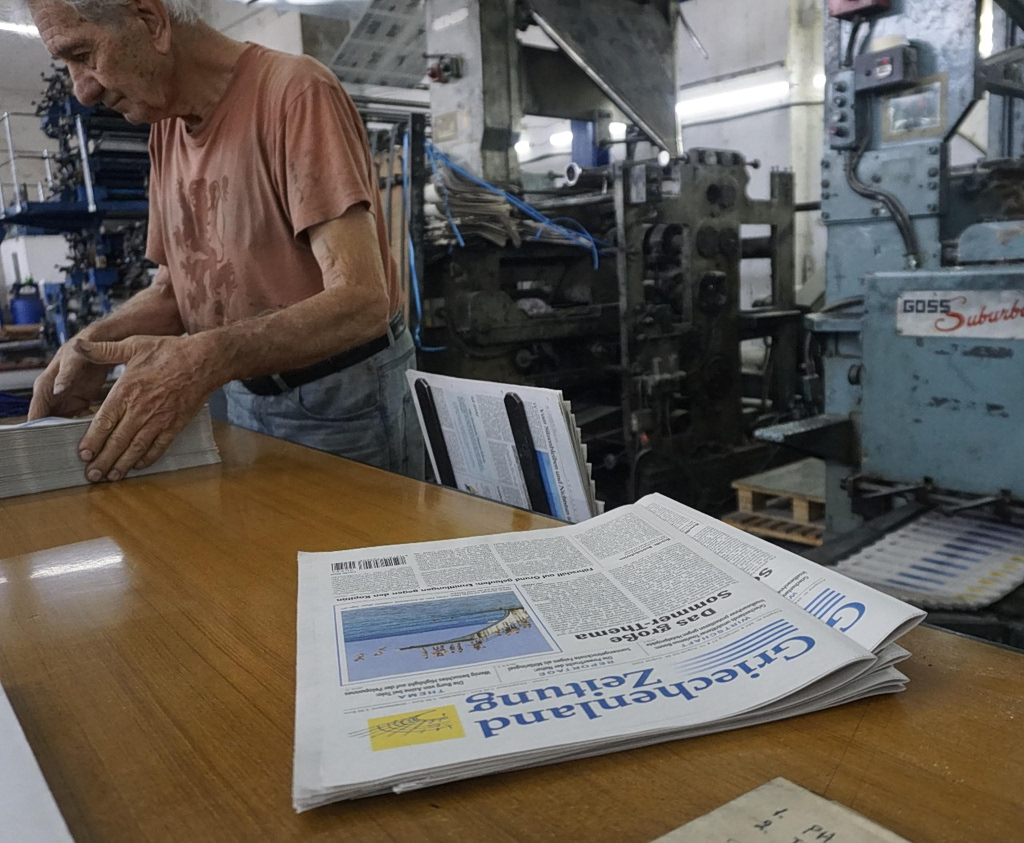You just finished an intense leg day—full-effort heavy lifting that you know you’ll feel tomorrow. The stairs are already conspiring against you as you approach them. You should always be sure to give your body a good post-workout stretch, but then what? Should you jump in an ice bath or hit the steam room?
When it comes to using heat versus cold therapy to remedy sore muscles, there’s more to the choice than personal preference or whatever is trending on social media.
Look at it in terms of what you are trying to modify—heat to increase blood flow or cold to minimize inflammation—in your body’s healing and recovery process, says Dr. William B. Workman , an orthopedic surgeon and sports medicine expert at DISC Sports & Spine Center in Walnut Creek, Calif.
“The key factors to consider are the type of exercise, the timing of the treatment and the intended response from your body,” he says.
Cold therapy for inflammation
Strength training, endurance and high-intensity workouts exact a real tax on the muscles. They basically cause low-level trauma to the body, doctors say.
“You’re experiencing microtears in the muscle, along with the release of lactic acid and inflammation that can cause tissue irritation, soreness and stiffness,” Workman says. There’s also delayed onset muscle soreness to consider. This pain and stiffness can hit you even two days after doing a new or strenuous workout.
Your aim with these types of workouts should be to reduce the inflammatory response with cold therapy, says Michelle Porter , a certified personal trainer based in Hoboken, N.J. The most common forms of this kind of treatment are ice baths, cold plunges or a simple cold shower.
“When you expose your body to cold temperatures, blood vessels constrict, reducing blood flow to the muscles and limiting the inflammatory response,” Porter says.
You can also try a cryotherapy chamber, which is like a giant walk-in freezer that cools everything but your head.
Studies have shown that cryotherapy, if done correctly, can reduce delayed soreness, Workman says. But don’t overdo it: More isn’t necessarily better.
“The right amount—no longer than 10 minutes—can signal to the body to quell the inflammatory response a little bit, which then allows for the healing response to happen,” Workman says.
How soon you apply the treatment matters as much as its duration, Porter says. Getting to cold therapy immediately after an endurance or intense strength-training workout is your best bet. A reasonable window is within two hours after the workout.
A cold shower (think 40 or 45 degrees) can do the job, too. You’ll feel the benefits from just two minutes spent shivering under the showerhead versus 10 in an ice bath.
Heat therapy for blood flow
Cold therapy helps plenty, but don’t dismiss the heat factor just yet. Heat therapies, like warm baths or saunas, also can play an important role in your recovery. Research has pointed to the specific benefits of infrared saunas . They use infrared light to directly heat the body instead of the air around you, the way a traditional one does, says Dr. Sam Setareh , a Los Angeles cardiologist.
When the body heats up, your blood vessels widen. That increases blood flow to muscles and tissues. “The enhanced circulation delivers oxygen and nutrients essential for repair, while flushing out metabolic waste products like lactic acid,” Setareh says.
This is why it’s important to use heat only after you’ve dealt with the inflammation. Otherwise, it can worsen the swelling.
Porter also recommends heat therapy for rest days: “A little heat can be your secret weapon for staying limber and improving flexibility without breaking a sweat.”
Heading straight to the steam room after an intense workout isn’t the move.
“You’ve created a lot of inflammation, and your pulse and blood pressure are up,” Workman says. “You add sauna heat with likely dehydration, and that’s a good way to pass out, get sick or, if you’re older, have a heart attack.”
Go for contrast
The ideal option is a little from Column A, a little from Column B.
Alternating between hot and cold treatments is known as contrast therapy. This can help particularly if you’re trying to recover from a chronic injury and soreness, or from overtraining.
Megan Lobe , 49, a program and operations director in Smyrna, Ga., dealt with chronic knee pain for years. Over the past two months, a consistent routine of sauna and ice baths has landed her in new, welcome territory.
“I haven’t had any pain,” she says. “Plus, I haven’t slept this well in decades.”
Lobe goes 15 to 20 minutes in 180-degree heat in her home wet/dry sauna five to six days a week and does a cold plunge—sometimes in her swimming pool with the heat turned off—two to three times a week.
“I’ll stay in the cold water for three to four minutes, depending on my willpower for the day,” she says.
If you have dedicated recovery time after your workout, Porter suggests trying a contrast-therapy session starting with five to 10 minutes of cold exposure, followed by five to 10 minutes of heat. Repeat the cycle for 20 to 30 minutes.
You can even do your contrast remedy at home with a two-in-one electric heating pad with a removable, freezable gel pack. The kits often retail for $30 to $50. Use a one-to-two ratio here, with five minutes of heat and 10 minutes of cold.
“Our body naturally wants to make more inflammation,” Workman says, “so you have to work a bit harder to decrease it.”
Sign up for the WSJ Workout Challenge to boost your fitness.



